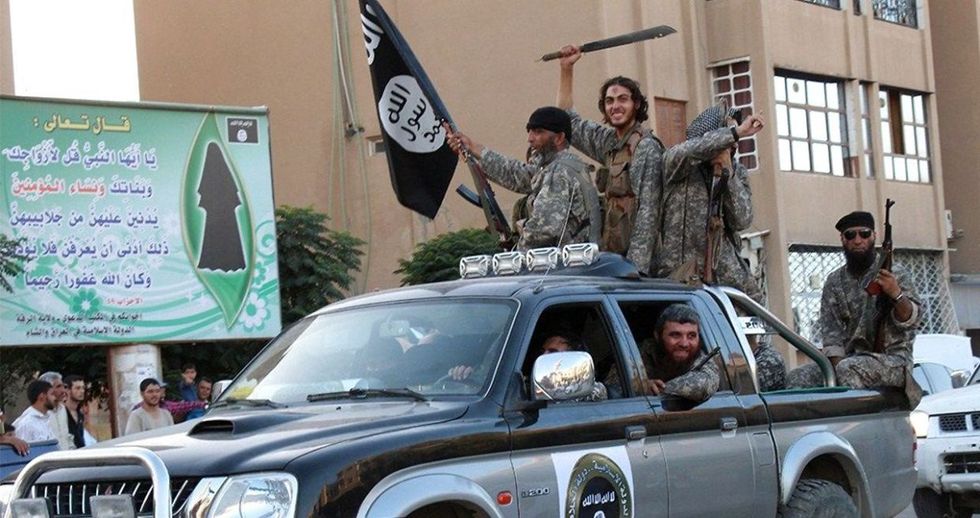The Islamic State, specifically the ISIS branch in Syria, rose to rapid prevalence in 2014 when the "organized terrorist cell/organization" took over control of a large swath of northern Iraq and Syria. As it is unprecedented for such a large amount of territory to be gained by a known radical Islamic "terrorist organization," except for the Taliban in the early 21st Century, it is important to understand how this could have occurred.
For context, the Islamic State traces its origins to the ongoing Syrian Civil War, where radical militias were able to gain a foothold in the rural parts of the divided country following an extreme interpretation of Sharia Law. Militias such as the Al Qaeda affiliate "Al Nursa Front" fighting the Syrian Government helped provide an avenue for a more radicalized movement to form.
It's worth noting that the resulting Islamic State was so volatile and extreme that even Al Qaeda criticized the "terrorist group's" methods as too "much." That being said, ISIS, as it is commonly known, has recently lost almost all of territory it gained in 2014 from Iraq and Syria thanks to a U.S. led coalition including the Iraqi Army and Kurdish militias; also, the Russian backed Syrian government has played a critical role in retaking the territory.
However, with the main structure of ISIS gone with most of its leadership dead or missing, it is hard to understand why the group still claims responsibility for so many attacks across the globe and how other Islamic terrorist groups such as Somali based Al Shabaab and Nigeria based Boko Haram remain loyal to the Islamic State.
In short, this is a ruse, for the idea of the Islamic State exists in many terrorist cells across the globe and is far from being extinguished. So far, U.S. policy has been to retake the territory ISIS controls, but this misses the key threat the decentralized group poses. ISIS is not just a terrorist group like Al Qaeda; rather, it is an ideology that those who become radicalized through the Internet can carry out their own attacks without a central leadership.
The problem the U.S. and the rest of the world faces with this threat is that it can come from nowhere, much like the November 13, 2015 attacks in Paris where a small group of people terrified an entire city killing dozens in the process. Until the threat of ideological terrorism through the internet and social media is realized, it is only a matter of time until another attack similar to the attacks on September 11th occurs.



















